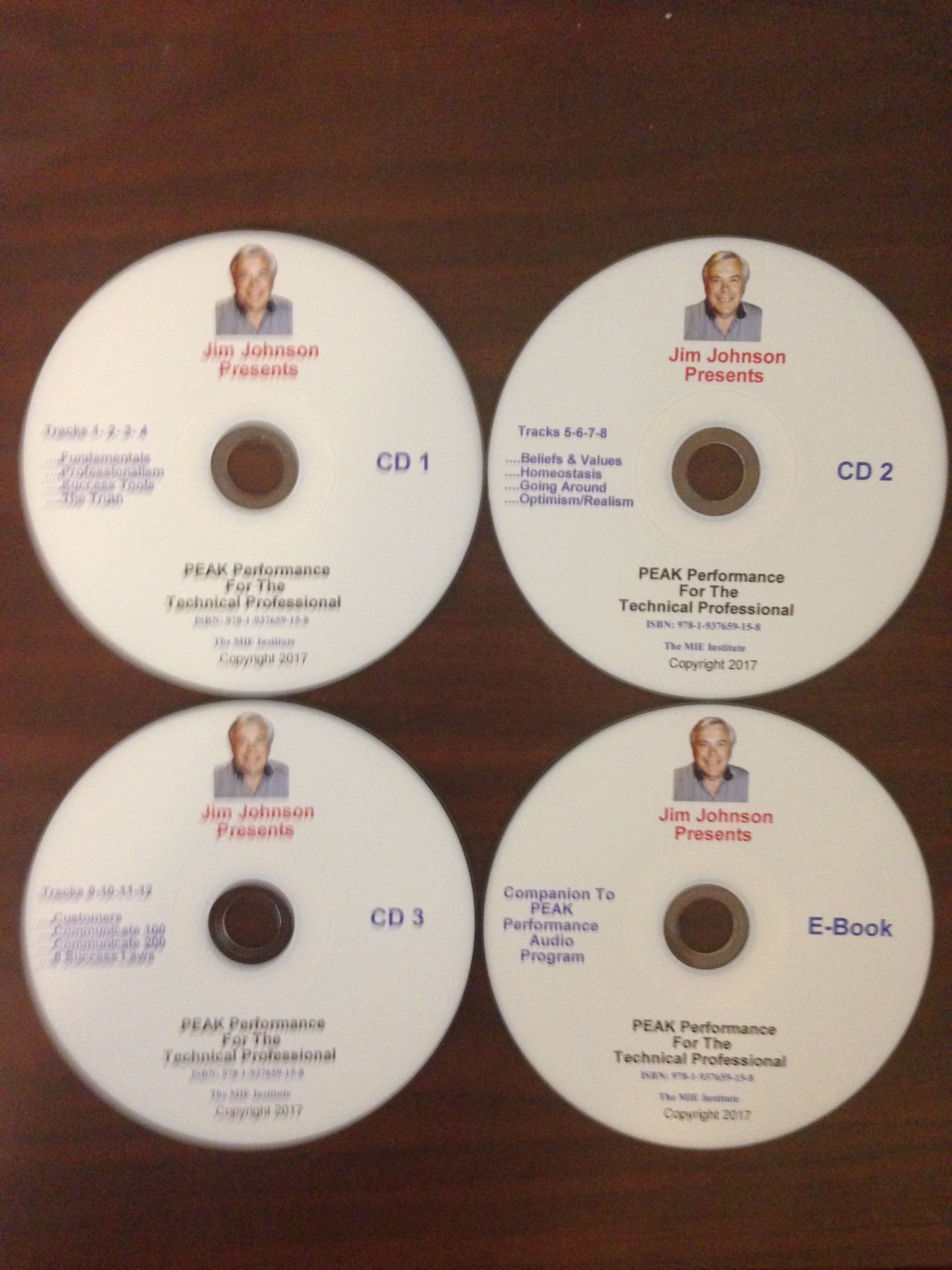Gresham, my problem is that all my guys are a bunch of jerkoffs!”
These were among the first words spoken to me by a business owner, who is now a dear friend, during our initial coaching call.
Have you ever found yourself feeling the same way when employees aren’t performing at the level you expect? As managers, if we have that attitude, we are assuming employees are coming to work to make our lives, and their lives, miserable.
Alan Lowe, one of my mentors, once shared with me that he believes no one goes to work thinking, “I’m going to do a bad job today,” and, over the years, I’ve come to share his viewpoint on performance. So, when technicians or other employees you manage underperform, who really is to blame?
A sobering reality is that we, as leaders and managers, are usually responsible for the performance of our teams. The behavior we get is the behavior we have allowed. But, where, exactly, did we go wrong, and what can we do to seize the performance we’re looking for from our employees?
It starts with exploring the question, “Have I truly done all I can to ensure the success of each individual I manage?” To effectively answer this question, you may want to consider evaluating your efforts using the Direction-Competence-Opportunity-Motiviation (DCOM) Process. DCOM focuses on answering questions in the four ingredients of performance:
• Direction — Does the employee know what to do?
• Competence — Does the employee know how to do it?
• Opportunity — Does the employee have all the resources to do it right?
• Motivation — Does the employee want to do it?
DCOM was developed by James S. Hillgren and Steve Jacobs of the Continuous Learning Group. It was created with the intention that an organization’s infrastructure would be aligned with these four cornerstones in order to maintain sustained high performance from its employees. You can apply these concepts to your team and individual performance in your service business by using DCOM as a diagnostic tool in measuring whether you have done all you need to do for your employees.
DIRECTION
Just like first impressions set the tone for future interactions, the onboarding of new employees paves the road for their successes or failures. Onboarding is the critical starting point where direction and expectations of an individual’s performance are cast. So often in our industry, we give technicians a one-day crash course to learn some of the ropes and then throw them in a truck with the expectation they will learn the rest on their own. This is not the best way to fully prepare a technician so that they know what to do. To ensure they have clear direction and that proper expectations have been set for performance, you need to create a proper onboarding program. At Nexstar Network, we suggest a checklist to ensure employees get the right training and you don’t leave anything critical out.
There are several ways to take employees through a well-rounded onboarding process. For example, multiple ride-alongs are a great way to build relationships with your new employees, and it allows them to see the processes and procedures of your company in action. Alternate ride-along days with training days, so you can discuss what they saw and train on the process.
You may also want to consider a training binder with the applicable materials for each role, but mix in other training techniques with the written material, such as audiovisuals or one-on-one discussion. When you give direction, don’t just assume the person fully understands and move on to the next item. Give them a quiz every few days; if there is a retention problem, this will give you the opportunity to understand whether this is actually rooted in poor retention or if it’s a belief issue about what they’re learning.
Onboarding should take about two weeks, on average, for all positions — don’t stop short at one day and leave the employee to create their own ideas of what’s expected of them.
COMPETENCE
Competence is defined as the ability to do something successfully. To make sure your employees are fully competent and know how to perform at the levels you’re expecting, you need to have a consistent training plan in place. The training they receive during onboarding is not a one-and-done situation, because much of the success in our lives is based on mastery of things we already know. When you are developing a training program for an employee, consider the focus of the company or role. At Nexstar, we recommend working through the service system process in 45-minute chunks once a week during a group meeting over a six-month period. Then, repeat and start again. As you did with onboarding, use a combination of different facilitation techniques, including audiovisuals and participatory learning endeavors, such as skill practice and group discussion. It is important for whoever facilitates the training to have a passion for the skill set being trained. The facilitator not only has to disseminate the information in a way that can be understood, but this person also sets the energy level for the training. Fun and engaging training leads to a higher retention level and maximizes the return on your training investment.
OPPORTUNITY
It is our responsibility as managers to give employees the opportunity to be successful by providing the necessary support and resources they need to perform. One of the best ways to find out how you’re doing in this area occurs during one-on-one coaching sessions. These sessions are typically 15-30 minutes in length and held once per week to review prior weeks’ performance and identify any obstacles an employee might be facing when executing a process. During a one-on-one coaching session, you’re developing a relationship with the employee and using thought-provoking questions to elicit self-reflection, awareness, and discovery of opportunities previously overlooked. The reasons an employee is underperforming could be a host of things — belief, retention, or even a physical limitation — but, no matter the case, he or she needs all the tools and resources necessary to complete the job.
To be successful in a coaching session, you need to become a master of great questions. One way I began developing my questioning ability was by seeking out the support of a business and self-development coach. I met with him every two weeks and learned through his exchanges how to hold effective coaching sessions with others. If you don’t already have a coach, I would recommend seeking one out for yourself. There are also plenty of books that can help you build your coaching skills — two I recommend are Susan Scott’s “Fierce Conversations: Achieving Success at Work and in Life One Conversation at a Time” and “Coaching Questions: A Coach’s Guide to Powerful Asking Skills” by Tony Stoltzfus. Scott’s book teaches readers how to get to the ground truth of what’s driving behavior without creating a defensive response. Stoltzfus’ book is a short guide and tool with which you can begin to build a repository of questions. Coaching sessions and effective questions will vary with each encounter, and you can’t plan 100 percent for what’s ahead; however, it’s important to have a few basic questions ready in order to start investigating what missing opportunities are holding your team back.
MOTIVATION
One of the misnomers in management is that we have the ability to motivate people, but the reality is that motivation is not something we can instill in others — we can only motivate ourselves. Most people will often only motivate themselves to perform at the minimum acceptable level, although we can have an impact on others’ motivation by creating an environment in which employees will want to perform at a level much higher than the bare minimum. The key is in consequences. When we hear the word “consequence,” it often conjures up negative connotations, but, by definition, it’s simply an action or result that follows a behavior. So consequences can be both positive and negative.
Positive consequences can take the form of rewards or incentives, while negative consequences would be in the form of progressive discipline. In an effort to create a positive motivational environment, a rule of thumb is 4:1 ratio of positive to negative consequences. Make sure you provide the consequences necessary to create an environment where everyone can find something that motivates them.
So, the next time you see an employee doing something poorly, take a look in the mirror and ask yourself: Am I doing everything I can to ensure this person’s success? Analyze your impact on performance using DCOM — do not move to the next letter and category until you are sure you are doing everything you can within the first category. Once you are through all four, you’ll have a clearer picture of what needs to be done to get performance back on track.
Publication date: 10/3/2016
Want more HVAC industry news and information? Join The NEWS on Facebook, Twitter, and LinkedIn today!







Report Abusive Comment